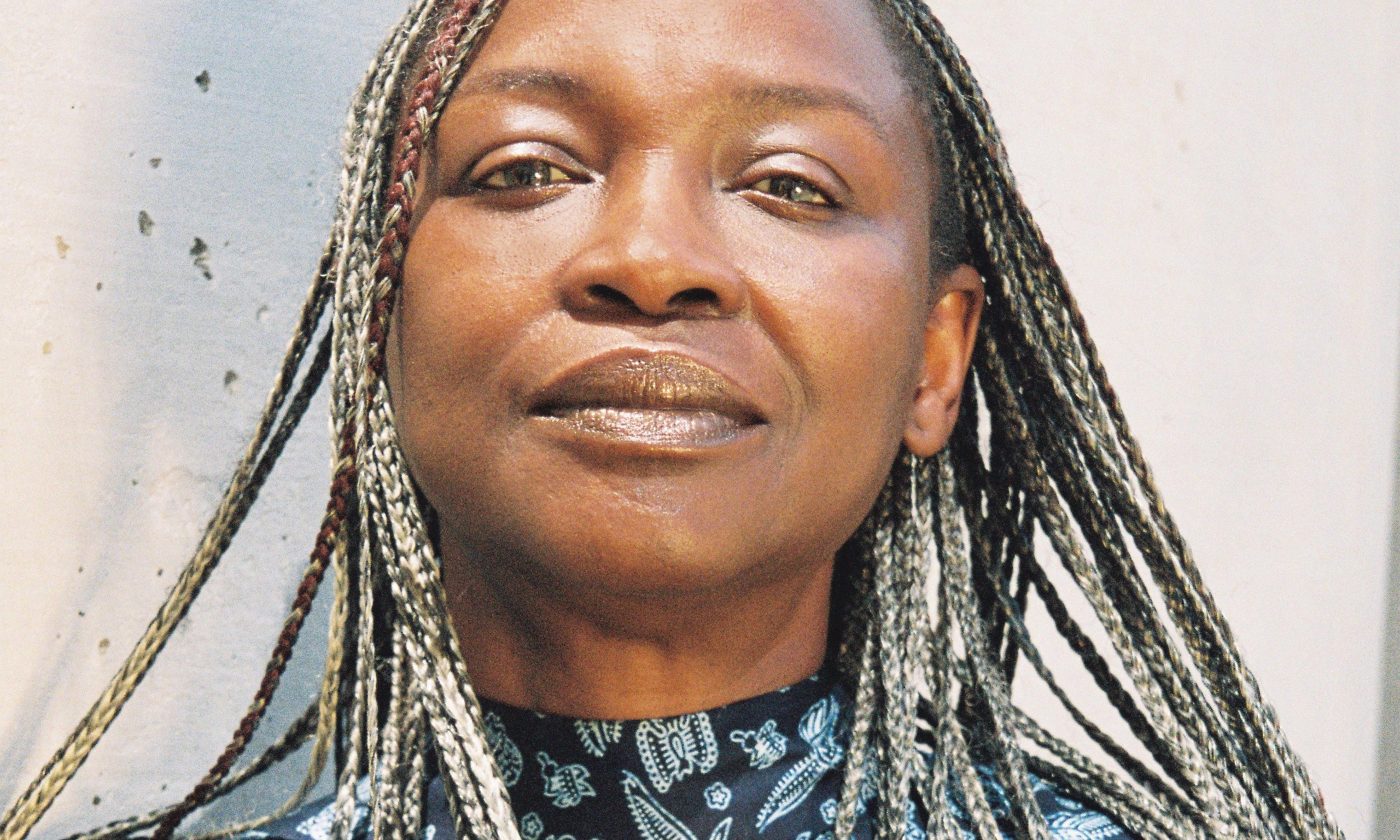Koyo Kouoh says her interest is in making institutions sustainable © Mikhailia Petersen
“I’m a fixer”, declares Koyo Kouoh, almost five years after she was appointed to run the Zeitz Museum of Contemporary Art Africa (Mocaa). “I like to take complicated institutions and make them sustainable.”
The museum she inherited was a troubled one. The previous director had been suspended on allegations of sexual harassment. The governance structure was outdated and the museum, which opened in 2017, lacked a vision for the future.
On the credit side, Zeitz Mocaa—one of Africa’s largest museums—is located on the glitzy Cape Town waterfront in a cavernous former grain mill, designed by the British architect Thomas Heatherwick. It has a world-class collection of African contemporary art assembled by Jochen Zeitz, the German chief executive of Harley-Davidson.
Kouoh, 56, was born in Cameroon, but spent much of her life in Switzerland before setting up the Raw Material Company exhibition space in Dakar. Within weeks of her appointment at Zeitz Mocaa in March 2019, she had presented a business plan. Her first task, she says, was to sort out the relationship with Zeitz—having previously loaned his collection to the museum, he was persuaded to donate it.
Her curatorial stamp is becoming ever more distinctive. In 2022 she gave up all three floors of the museum’s exhibition space to the radical South African artist Tracey Rose, whose show, spanning performance, film and video installation, sculpture, photography and painting, looked at issues of race, identity and the post-Apartheid development of her country. That was followed by When We See Us, a broad portrayal of Black diasporic influences. The current exhibition, Sala (until 12 April), incorporates a part of the permanent collection and presents works from Tunisia to Benin to the US.
“South African art institutions are precarious, underfunded, and receive little critical or popular attention,” says Matthew Blackman, an art writer and historian based in Cape Town. “Kouoh and her curatorial team have engendered a critical seriousness that is severely lacking elsewhere in South Africa.”
She has also transformed the museum’s governance. She enlarged the board of trustees and, in line with US practice, turned it into a paying board. To help promote the museum’s work to an international audience, she also set up a Global Council, and an American Friends organisation.
Such are the networks of Kouoh and Zeitz, it is no surprise that they have attracted sponsorship from an array of international foundations and corporations, including big names like Gucci and BMW. She regards that as necessary but insufficient. One of the museum’s main goals, she says, is to attract and promote a distinctly African philanthropy.
“The culture of giving is an essential part of African society,” she says. “Yet very few people know you can buy art for institutions.”
The Global Council started in late 2022 with five members. It now has 15, including several artists, such as Yinka Shonibare, Carsten Höller and Oscar Murillo, and it is set to grow, as members are required to bring in a new recruit each year. The council makes an annual trip to another major African city to exchange ideas. In 2023 it was Nairobi, and this year it will be the Ghanaian capital, Accra.
Kouoh talks about “Black geographies”, a term that references identity more than geographical location. She is as keen to develop relations beyond the African continent as within it. One of her most important initiatives, she says, is a fellowship scheme, funded in large part by the New York-based Mellon Foundation.
Around half a dozen young people are invited each year to spend 12 months at Zeitz-Mocaa, specialising in areas such as communications and curation. Applicants generally need a bachelor’s degree and must have an African passport—but they can be living or working anywhere in the world.
She hopes that by the end of the decade, 100 people will have gone through the scheme, creating a new generation of museum specialists.

